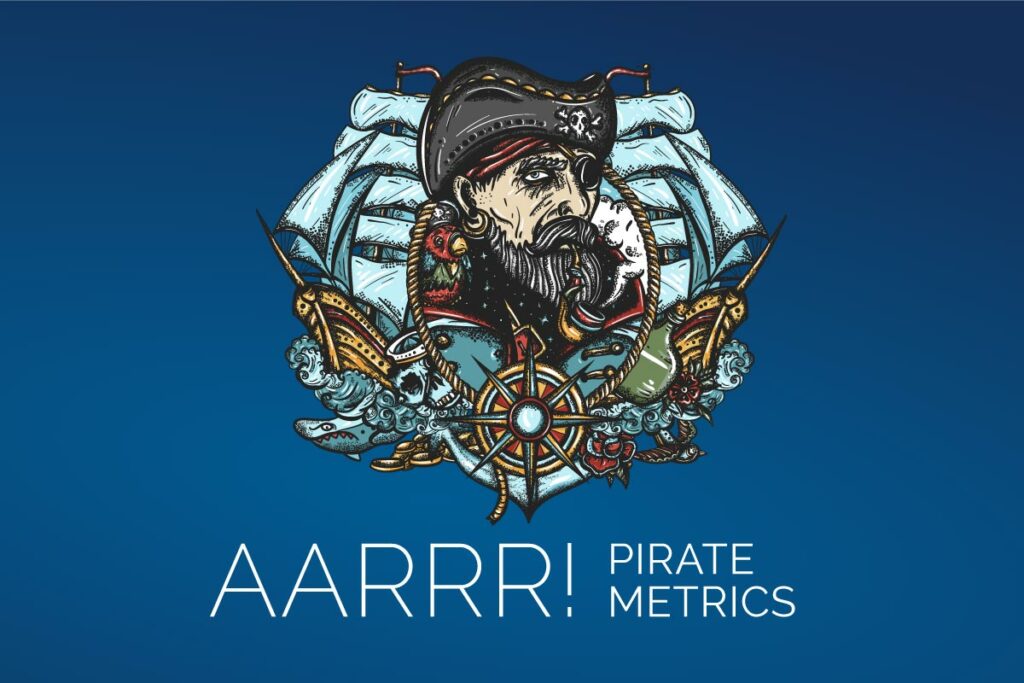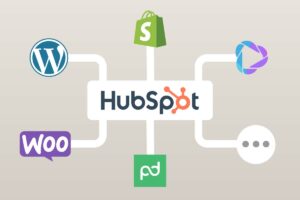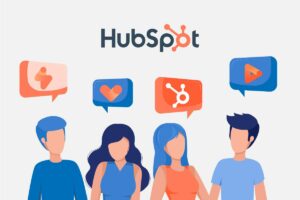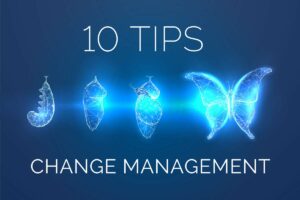The Buyer’s Journey maps the different stages from a lead’s perspective – from awareness that there is a problem to the decision to buy a product or service. In contrast, Pirate Metrics maps the entire “journey” your leads go through from their first interaction with you to a satisfied existing customer. This is the sales funnel that leads usually go through.
What is the Pirate Metrics?
Pirate Metrics maps the entire sales process – from acquiring a lead, to successfully retaining a customer, to recommendations that customers make for you.
The path consists of five phases:
- the acquisition of a lead,
- the activation of the lead,
- the loyalty of the customer,
- the earnings you earn and
- the recommendation that the customer makes.

INFOBOX
Pirate Metrics was developed by Dave McClure (former CEO of 500 Startups) with the goal of enabling startups to identify where the greatest need for optimization lies very early in the sales process. Of course, this tool is not only useful for startups but for any company, regardless of their size.
The phases of Pirate Metrics in detail
ACQUISITION
The first stage in the Pirate Metric is acquisition. This is the user’s first point of contact with your company. This can happen through different channels and that’s exactly what needs to be figured out: who is my target audience, on which channels does my target audience interact and which campaign, on which channel works best and brings the most users.
Important questions for optimizing acquisition:
- Where do users discover my company?
- Are my users coming through paid channels or on their own impulse (e.g. organic search)?
- What effect does my brand have?
- Which channel and campaign works best?
Communication channels that are relevant in this phase:
- Google (SEO + Ads)
- Social media
- Landing pages
- Newsletter
KPIs that should be measured in here:
- Newsletter subscriptions
- Downloads (of e.g. whitepaper or e-book)
- Filling out a contact form
ACTIVATION
The second stage is activation. This is the first experience a person has with your company or product/service. If your visitor can be activated, it means there is interest in your company’s product/service. This is called “activation conversion”.
Service vs. product
In service companies, the first and second phases (acquisition + activation) often overlap. However, if you sell (digital) products, users sign up for a trial month or trial period at this stage to use and try your product more intensively.
Important questions for optimizing acquisition:
- How do my users perceive the first visit?
- How many of them are interested in my offer?
- How many leave the site immediately?
- How long do users stay and how many pages do they look at?
- Are the leads registering?
- Do users follow the company on social media accounts?
Communication channels that are relevant in this phase:
- Landing pages
KPIs that should be measured in here:
- Registration for trial month of the product
- Download the freemium version of the product
- Newsletter subscriptions
- Downloads (of e.g. whitepaper or e-book)
- Filling out a contact form
RETENTION
The third phase is about customer retention. A very important phase, as investing in customer retention is up to 25x more cost-effective than acquiring new customers. This phase starts from the moment of activation and runs until the customer “leaves” your sales process. The topic of customer retention is also about potential up-selling and/or cross-selling opportunities with existing customers that you have successfully “retained.”
Important questions for optimizing acquisition:
- Will my users come back? How often?
- On how many visits do they convert?
- When do they start using my product/service intensively?
Communication channels that are relevant in this phase:
- Email marketing
- Retargeting
KPIs that should be measured in here.
- Customer Lifetime Value (CLTV)
- Churn rate
- Email click numbers
- Website visits
REVENUE
Sales is that phase that begins once a user has finally decided to buy your product. It is important to note here that the “sales process” does not end here. As described in Step 3, customer retention is an important issue even after conversion, as is the related “word-of-mouth advertising” by the customer (see Step 5: Referral).
Important questions for optimizing acquisition.
- Do I make money with my product or service in the long term
- What is my Customer Lifetime Value (CLTV)?
- How much do I have to spend for a new user?
Communication channels that are relevant in this phase:
- Website check out flow during purchase
- E-mail / Phone
KPIs that should be measured in here:
- Customer Lifetime Value
- Customer Acquisition Cost
- Conversion Rate
REFERRAL
Referrals are possibly one of the most important and often underestimated metrics to focus on. Word of mouth is by far the best marketing tool you can have. Recommendations from acquaintances and friends also achieve the highest conversion rates. Referral tools can help ensure the success of word of mouth and recommendations: Buttons to share articles, promo codes, affiliate links, referral technologies, “Powered by XY” statements are just some of them.
Important questions for increasing referrals from your customers:
- How satisfied are my users?
- Do I create real added value with my offer that users are happy to recommend?
- Which channels are used to recommend my company?
Communication channels that are relevant in this phase:
- Social media (shares)
- Referral Marketing
KPIs that should be measured in here:
- Net Promoter Score (NPS)
- Viral Coefficient
- Number of users who invited their friends to the product (referral marketing)
Summary
The Pirate Metric provides a rough overview of the customer generation sales process. It shows you which metrics to measure at which stage and what to look out for. In addition, the Pirate Metric is an optimal tool for gaining insight into where the sales process in your company has the greatest need for optimization.
If you are currently having problems acquiring new leads, we will be happy to advise you and help you reach your potential customers in the best possible way.
Until the next update – your Growth Ninjas,
Adrienne, David, Hermann, Johannes, Katharina B., Katharina T., Stefan K. & Stefan G.




